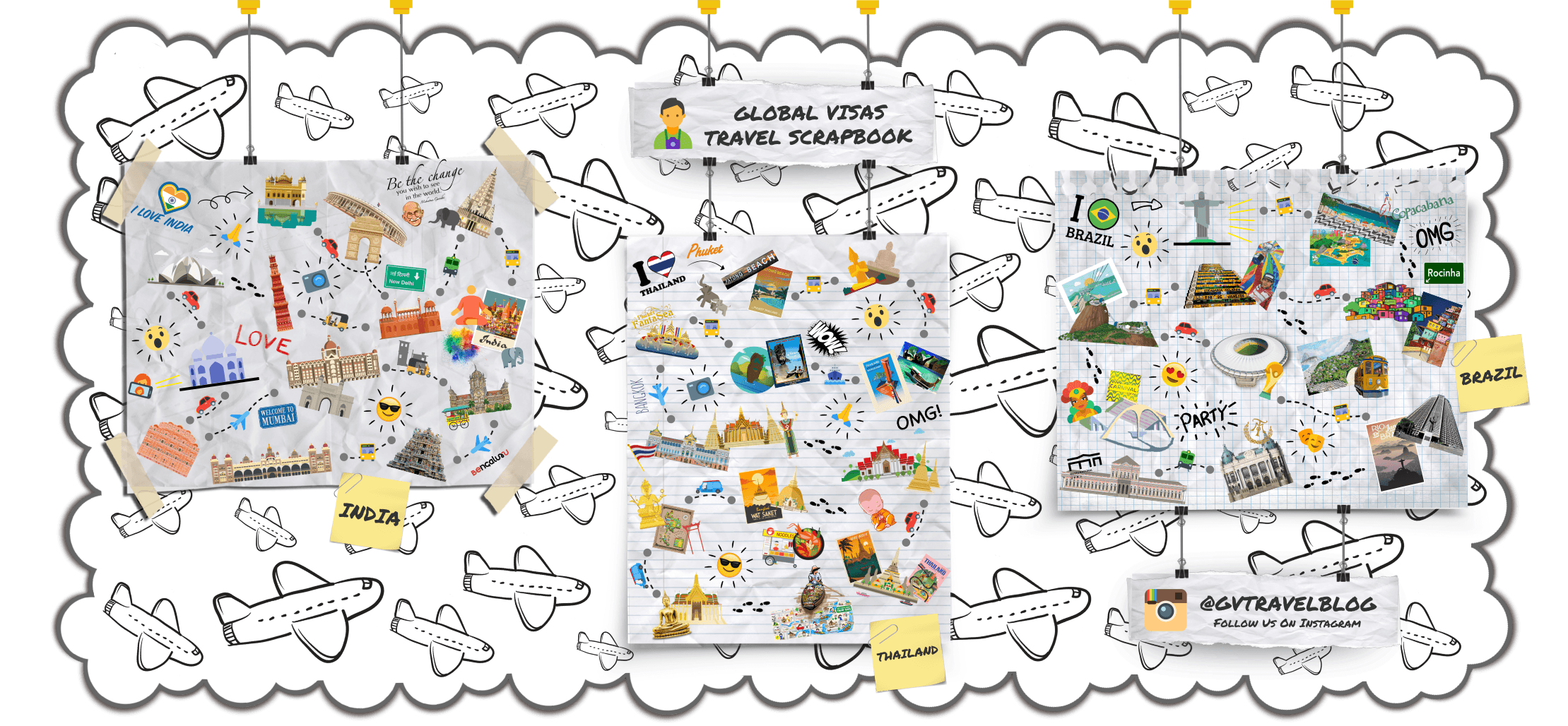Fiji has a variety of public transport options, including buses, “share taxis”, and private taxis. Rates are very cheap: $1-2 from Colo-i-Suva to Suva bus station by bus, $17 from Nadi bus station to Suva by share-taxi (share-taxi’s are usually white mini-vans that congregate and set-off when they reach their capacity of 6-8), or approximately $80 from Suva airport to Sigatoka by private taxi. On the main road circling Viti Levu buses run every half hour and taxis are a substantial proportion of traffic, while on western Taveuni buses make only a few runs per day and very little traffic is present. If the taxi has a meter, ask the driver to switch it on – the ride will be lot cheaper than with the negotiated price.
The rate from resorts on Nadi beach to Nadi downtown is $8 per passenger, and $12 to the airport — you should be able to negotiate this price reasonably easily.
While there is rarely much traffic present, most vehicles run on diesel and pollution on major roadways can be severe. A national speed limit of 80 km/h is usually observed; village speed limits are all but entirely ignored, but drivers slow down for several speed humps distributed within each village. Seat belts are advised on taxis but are rarely evident and apparently never used.
Road travel tends to be more dangerous than many people are used to, and many embassies advise their citizens to avoid pretty much any form of road travel. Pot holes, washouts and dilapidated bridges are commonplace. Buses are the best, unless you are truly comfortable and capable of renting and driving a car on your own – most people are not even if they think they are. Avoid travel at night, especially outside of urban areas. Another option is hop-on, hop-off bus passes which allow you to tour Fiji at your own pace for a fixed price. These are a more expensive way to travel but feature inclusions like tours and activities. However, some like Feejee Experience are limited to Viti Levu and trips to Beachcomber island and don’t include the more remote islands.
Inter-island:
South Sea Cruises operates daily inter-island ferry transfers throughout Fiji’s Mamanuca Island resorts. Awesome Adventures Fiji provides daily ferry transfers out to the remote Yasawa Islands. Inter-island ferries are reasonably priced and the larger ones (especially those large enough to accommodate cars and trucks) have a good safety record, though they may be overcrowded at the beginning and end of school holiday periods. Ferries offer two or three classes (depending on the ship). Economy ($65 pp on Suva-Taveuni route) is the cheapest option, but requires you to sleep on chairs or on the floor. Sleeper ($104 pp, Suva-Taveuni) is dormitory-like accommodation. Cabin ($135 pp on MV Suiliven, $95 pp on SOFE, Suva-Taveuni) is not necessarily the best option, as the space is very limited, cabin can be shared (4 beds) and can have hordes of bugs.
Denarau Marina on Denarau Island is the gateway to the Mamanuca and Yasawa Island groups. This is where cruises and ferries servicing these islands operate from. Denarau island is connected to the mainland via a short bridge, and is 20 minutes from Nadi International Airport.
Do not attempt to take a car to another island unless you own it or have made clear special arrangements – most rental companies forbid it and they do prosecute tourists who violate this clause in the contract.
Bicycle:
Bicycles are becoming more popular in Fiji for locals and tourists alike. In many ways, Fiji is an ideal place for a rugged bike tour. However, the motor vehicle traffic can be intimidating on well-travelled roads, and there is a lack of accommodation along secondary roads. Cycling is a great way to see Fiji but make sure you carry all your own spares and supplies as bike shops are scarce. It is a good idea to carry plenty of water, a camelbak is great, as it is very hot and humid almost year round.
The main road around the largest island, Viti Levu, is sealed except for a 40-km section on the east side. A sturdy road, touring or hybrid bike is suitable.
Bike rental can be quite expensive comparing to other options: on Taveuni bike for full day costs $25. With two persons the cost is similar to renting a car.
Railway:
The extensive system of narrow gauge railways used to transport sugar cane to the refineries have also carried passengers for free or cheaply in the past, but the infrastructure is falling into disrepair and the opportunities are closing. Thus, the Coral Coast Railway offers a tourist train ride, but no further than Sigatoka as the railway river bridge there has collapsed. Its station is at 18°8’27″S 177°25’50″E (across the main road from The Gecko Lodge, by the turnoff to the Shangri-la Resort) and its westward excursions from that station are off, because of another unrepaired bridge collapse immediately west of the station. Mechanical failures may mean no offerings during the time of your visit.
There is talk (http://fijisun.com.fj/2017/04/27/nadi-tourist-trains-to-run-on-fsc-tracks/) of another tourist train scheme based in Nadi. As you leave the airport, you will cross the tracks.









